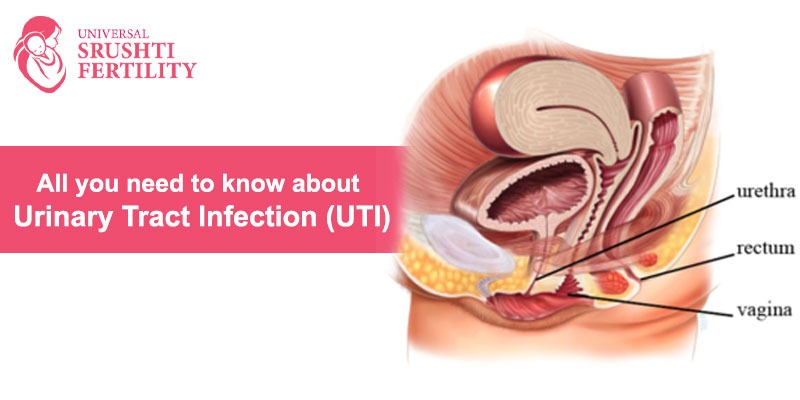An infection in any part of the urinary tract is called a urinary tract infection (UTI). The kidneys, ureters, bladder, and urethra are all parts of the urinary system. Most infections happen in the bladder and urethra, which are part of the lower urinary tract. Symptoms usually include the need to go to the bathroom often, pain when you urinate, and pain in your side or lower back.
A UTI is more likely to happen to women than to men. If you only have an infection in your bladder, it can hurt and be annoying. But if a UTI spreads to the kidneys, it can cause very bad health problems.
What causes UTI?
Urinary tract infections are caused by microorganisms, usually bacteria that get into the urethra and bladder and cause inflammation and infection. Even though a UTI usually affects the urethra and bladder, bacteria can also move up the ureters and infect the kidneys.
UTI symptoms
The lining of the urinary tract gets red and irritated when you have a urinary tract infection. This is called inflammation, and it can cause some of the following symptoms:
- Pelvic pain, especially in the middle of a woman’s pelvis and around the pubic bone, is a common problem.
- Pressure in the bottom of the pelvis.
- Need to urinate often.
- need to urinate right away
- Incontinence or urine leakage
- Dysuria, which means it hurts to urinate, and blood in the urine.
- Urine that is a strange color (cloudy) and smells strong or bad.
Other signs that you might have a urinary tract infection are:
- Pain during intercourse.
- Pain on the side of the body or in the back.
- Fever (temperature over 100 degrees Fahrenheit) and chills.
Why UTI is common in women
UTIs happen a lot to women. During their lives, most women will have more than one UTI. Women are more likely to get UTIs because of the following:
- The female urethra is shorter than the male one. Bacteria have a shorter path to the bladder as a consequence.
- UTIs tend to happen more often in people who are sexually active. Getting a new sexual partner is also a risk factor.
- Using a diaphragm as a birth control method may make you more likely to get a UTI. Using spermicides can also make things worse.
- After menopause, the urinary tract changes because the amount of estrogen in the body drops. The changes can make UTIs more likely.
Prevention
These steps might help reduce the chance of UTIs:
- Drink a lot of liquids. Adding water to your diet helps dilute your urine. That makes you have to go to the bathroom more often, which flushes bacteria out of your urinary tract before they can cause an infection.
- Cranberry juice might help. The results of studies that look into whether cranberry juice can prevent UTIs are not yet clear. But it’s probably not bad to drink cranberry juice.
- Avoid feminine products that could cause irritation. When used in the genital area, they can make the urethra feel itchy. There are sprays, douches, and powders that can be used as deodorants.
Conclusion
Do not delay in contacting a medical professional if you have any of the above symptoms, or if additional symptoms persist after treatment. A UTI has the potential to spread from the urinary system to the rest of the body. Fortunately, treatments are very efficient and may provide rapid symptom relief.


